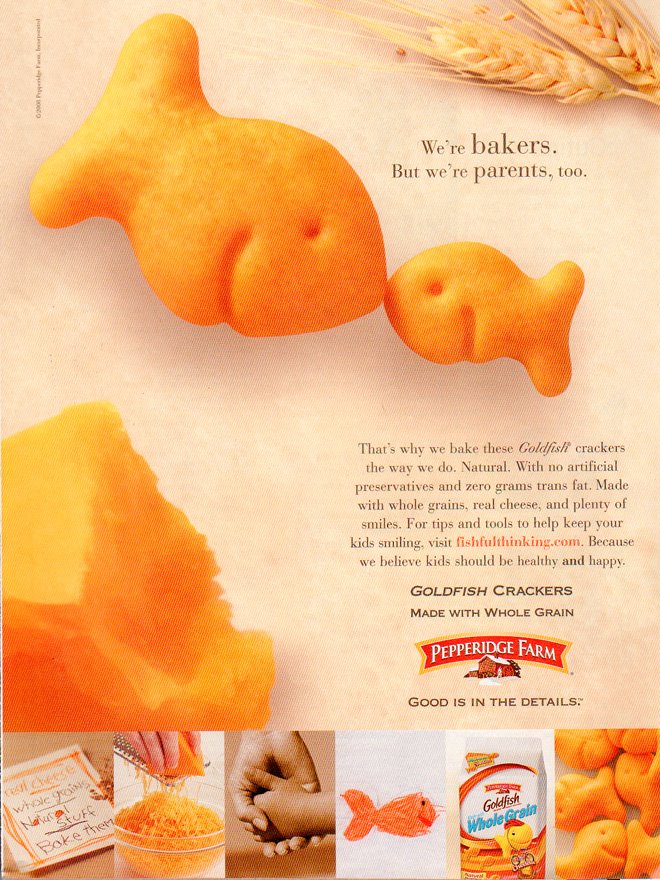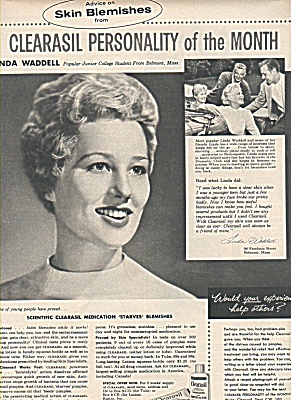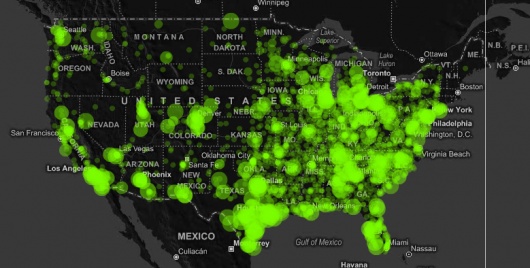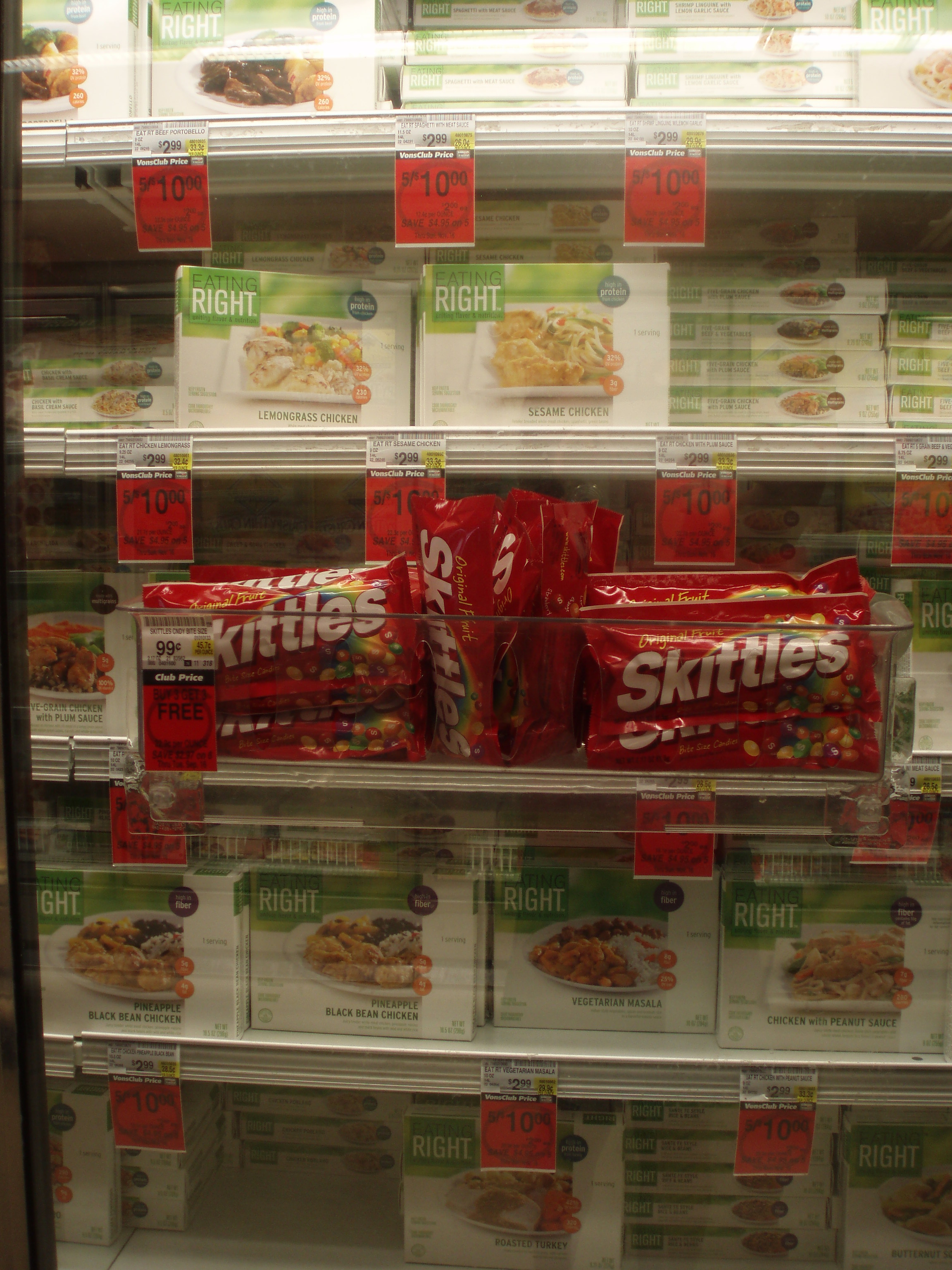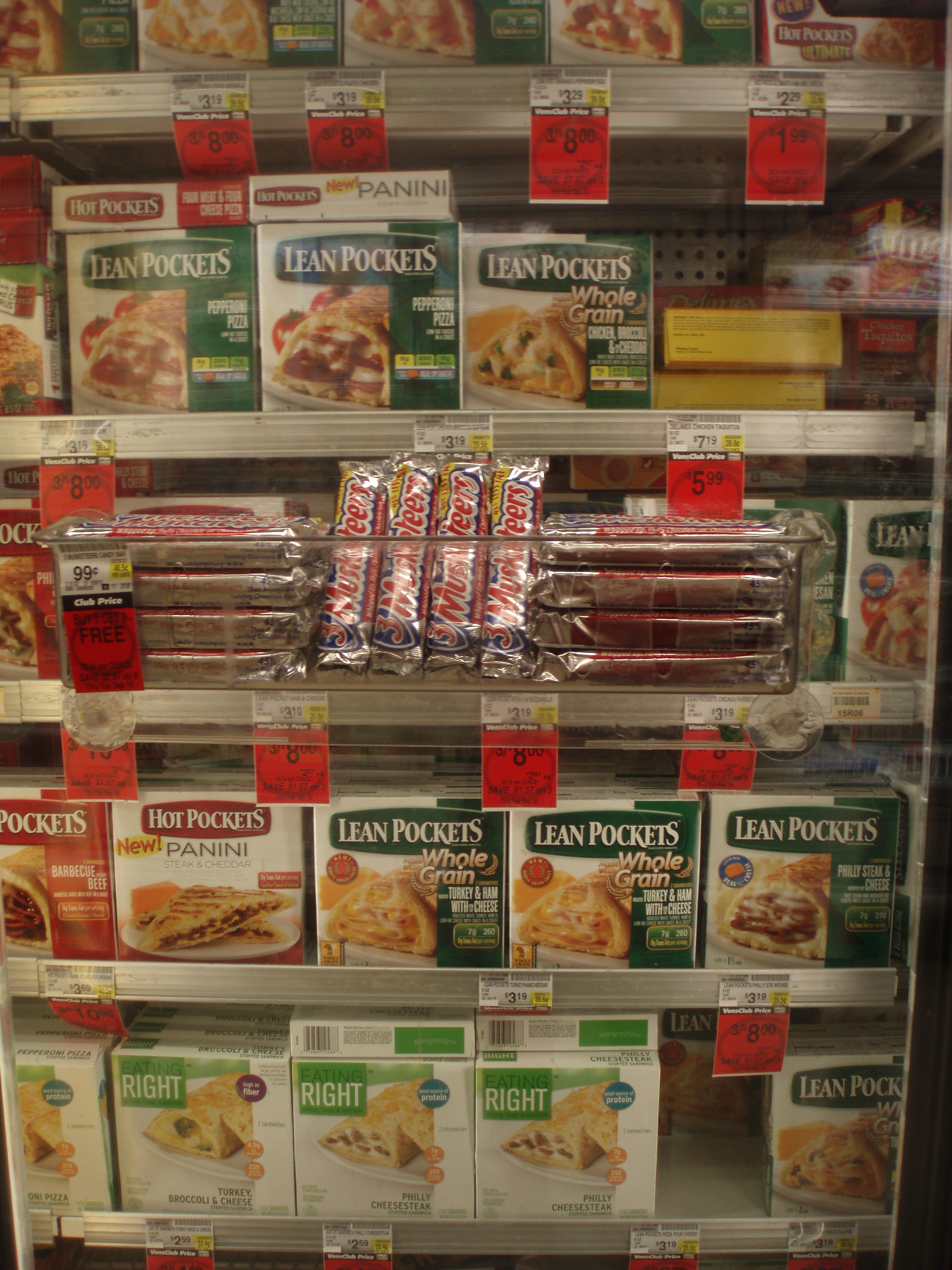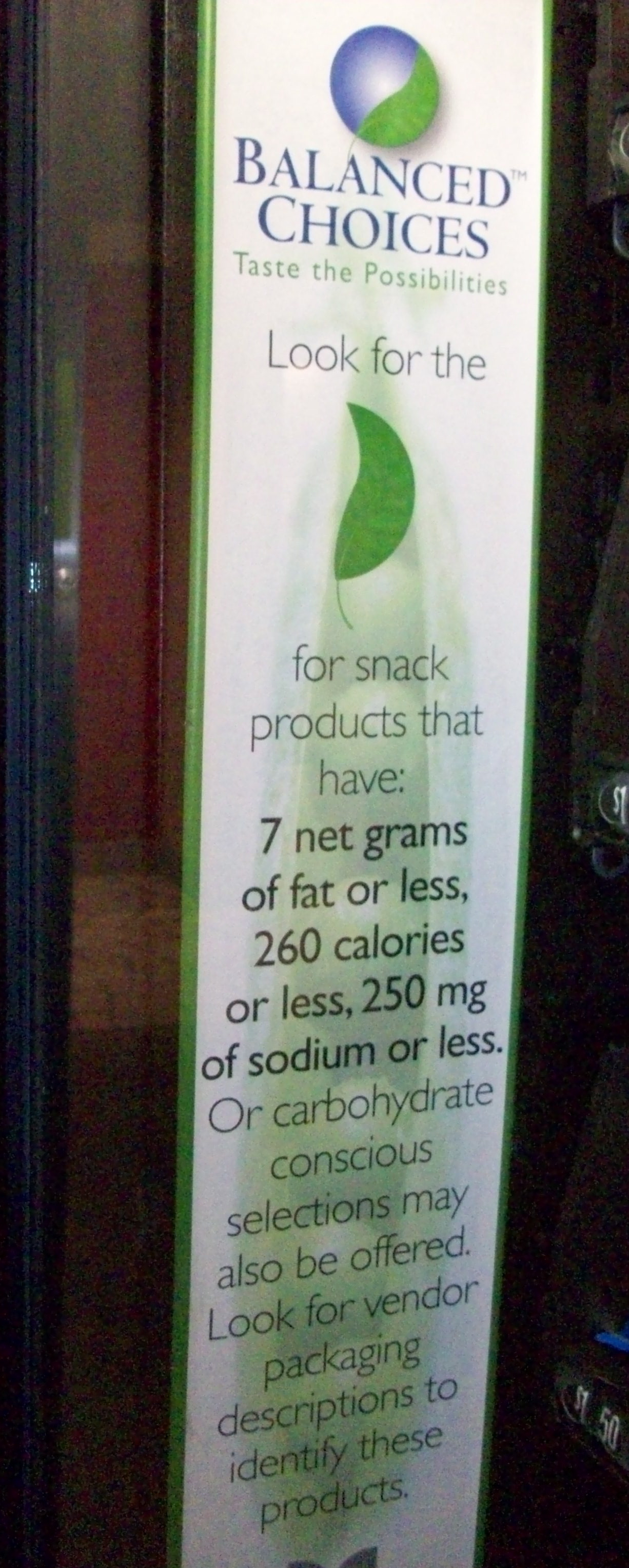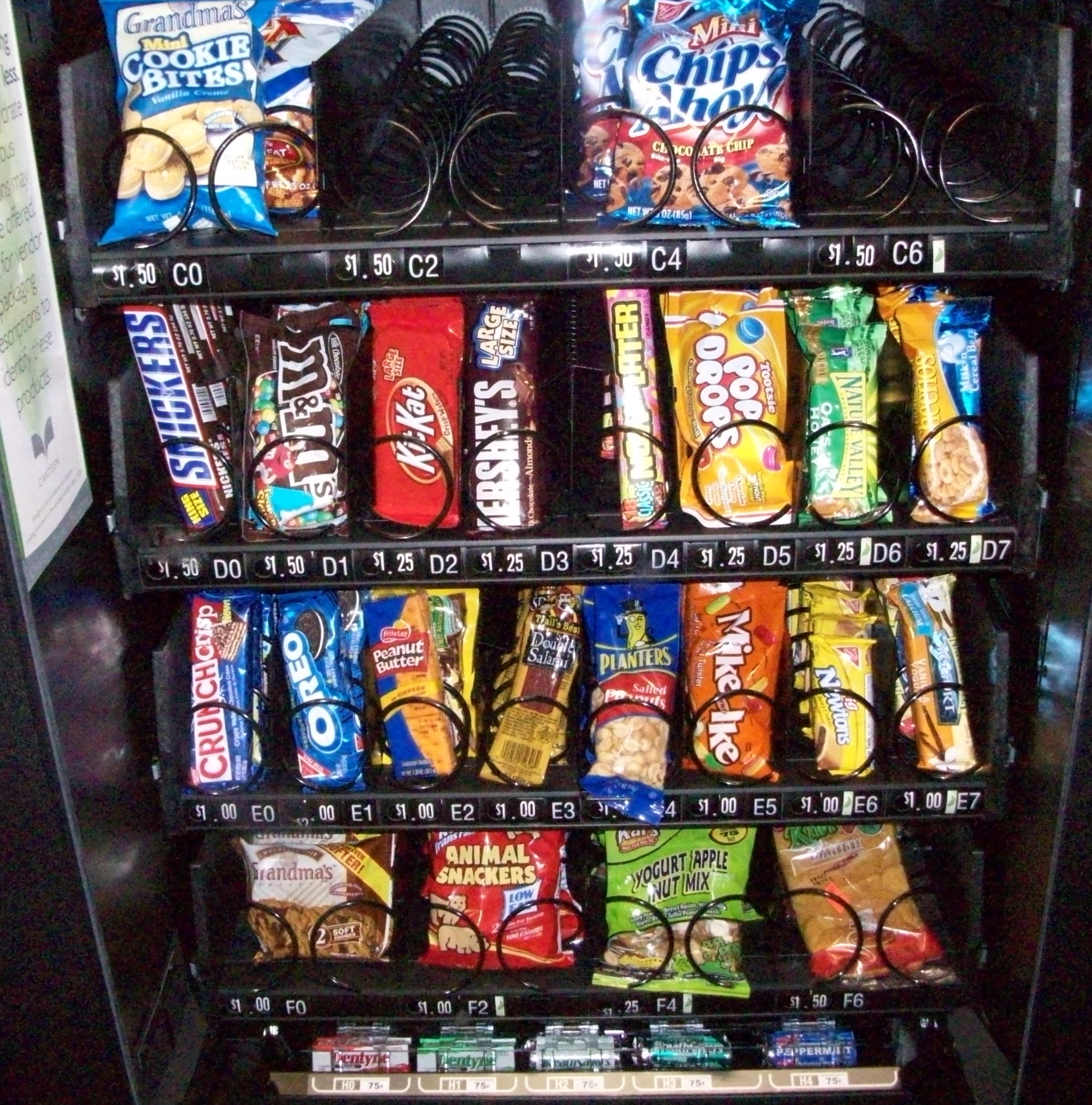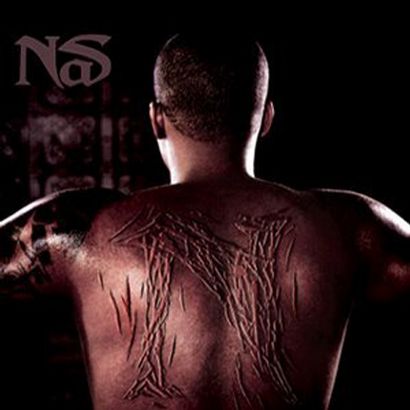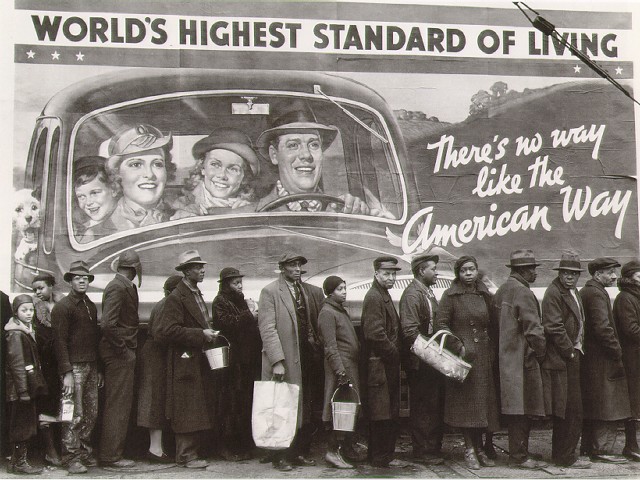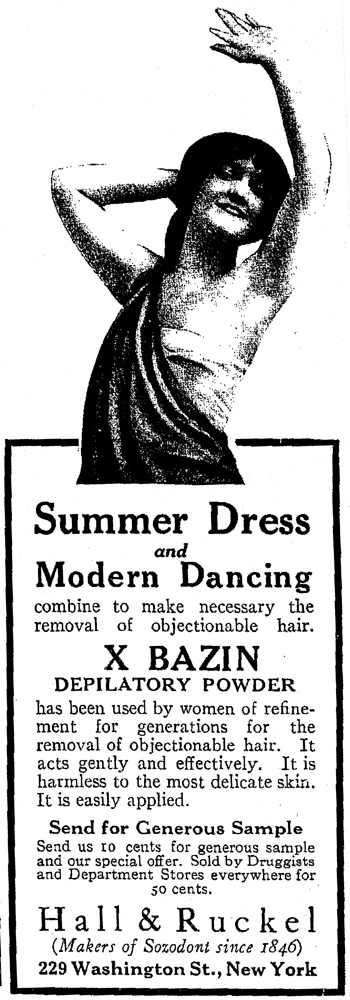There is a lot going on here. Comments after the image (found at MultiCultClassics):
First, notice how this ad mobilizes a nostalgia for a simpler past (“We’re bakers”). Goldfish crackers are likely baked not by bakers (how quaint), but in large automated factories. Second, in line with this nostalgia, Pepperidge Farm, the company, is recast as a parents (“We’re bakers. But we’re parents, too”) instead of a corporation in a capitalistic society likely employing low-wage workers (who are not, by the way, busy caring about consumers kids). Notice that, by re-casting the company as parents, they encourage you to think of the company’s motives not as profit, but nurturing. Third, the Goldfish crackers themselves are anthropomorphized into a happy parent and child. Finally, happiness and family togetherness are commodified. Text:
That’s why we bake Goldfish crackers the way we do. Natural. With no artificual preservatives adn zero grams trans fat. Made with whole grains, real cheese, and plenty of smiles. For tips and tools to help keep your kids smiling, visit fishfulthinking.com. Because we believe kids should be happy and healthy.

